How to create a winter flower arrangement – by Philippa Craddock
The renowned florist shows us how to make her favorite winter flower arrangement, step-by-step
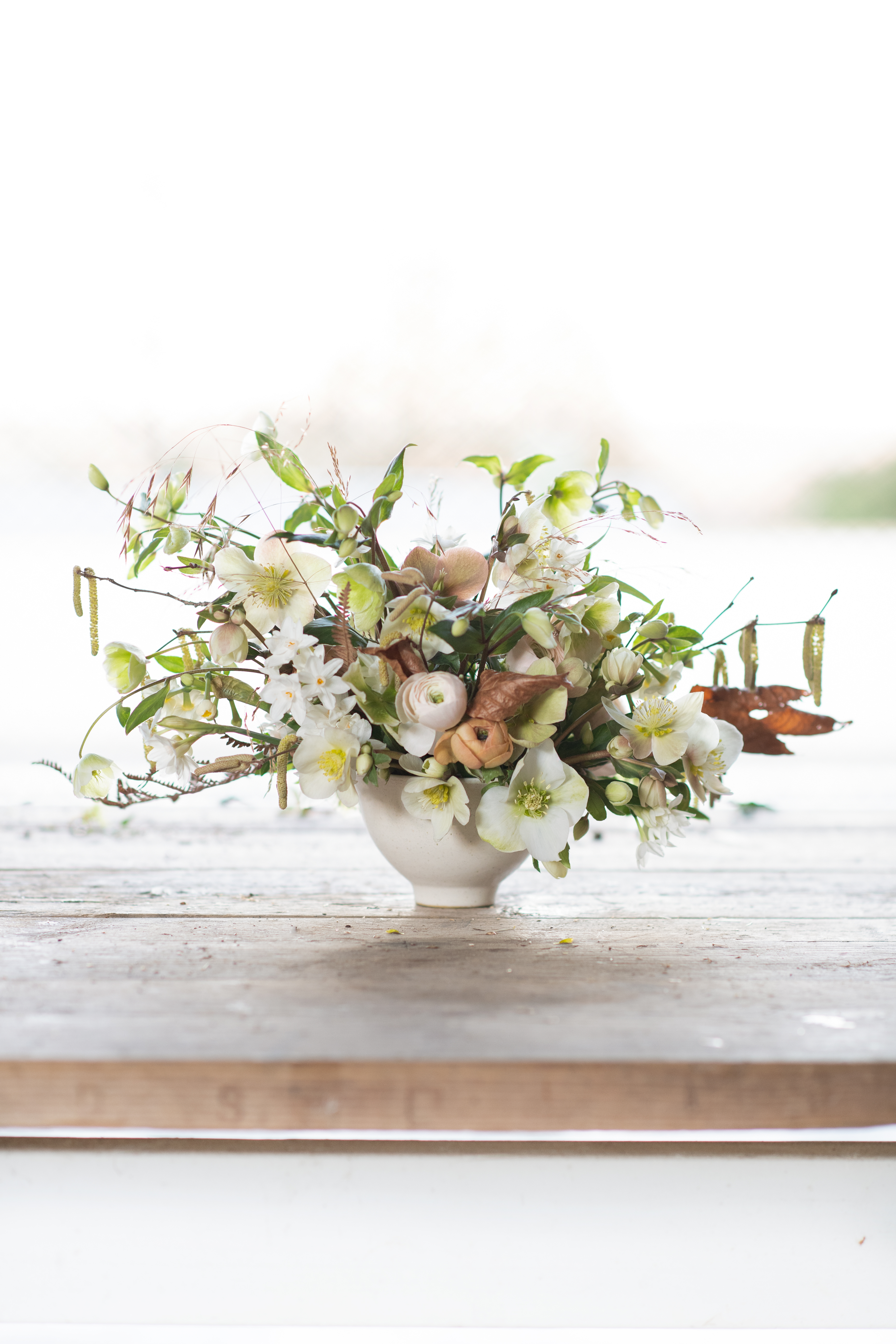
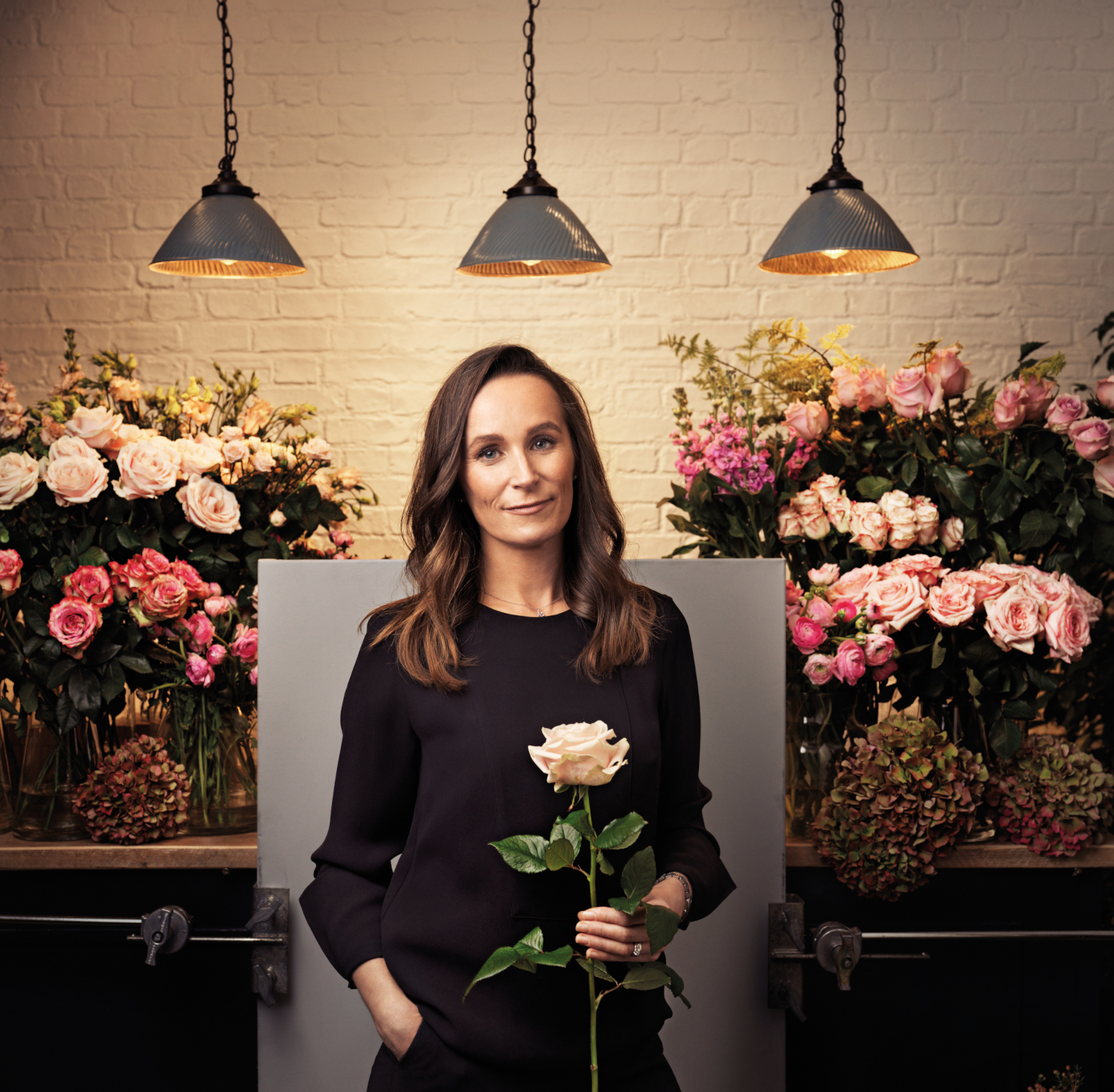
Philippa Craddock's winter flower arrangements are famed for their deconstructed beauty. The celebrated florist works with clients around the world, including Vogue, BAFTA, Christian Dior and the Victoria & Albert Museum, and created the cascading floral archways, decorated façade and interior of St George’s Chapel in Windsor, for the wedding of The Duke and Duchess of Sussex.
Below, Philippa shows us how to create her favorite winter flower arrangement, using the best winter flowers.
How to make a winter flower arrangement
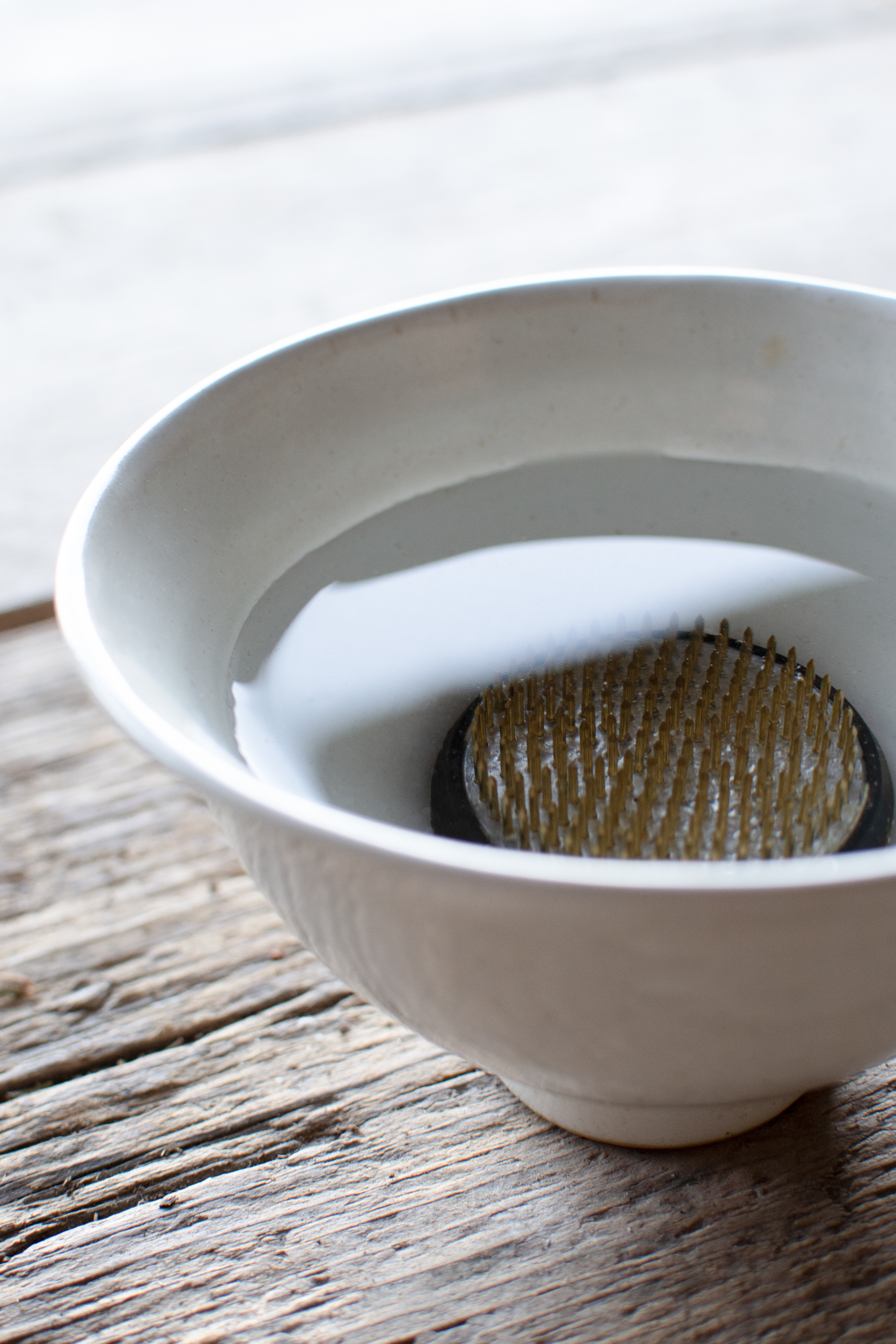
To make this winter flower arrangement, Philippa suggests:
'I used a small compote bowl (15cm diameter) and a Kenzan (a reusable mechanic which supports and holds your stems in place). You can find both from various stockists online.
'I used a selection of late winter flowers, including hellebores, narcissus and ranunculus, plus and a few foraged stems including dried grasses, ferns and small branches with dried leaves.'
1. Place your first, architectural stems into the bowl
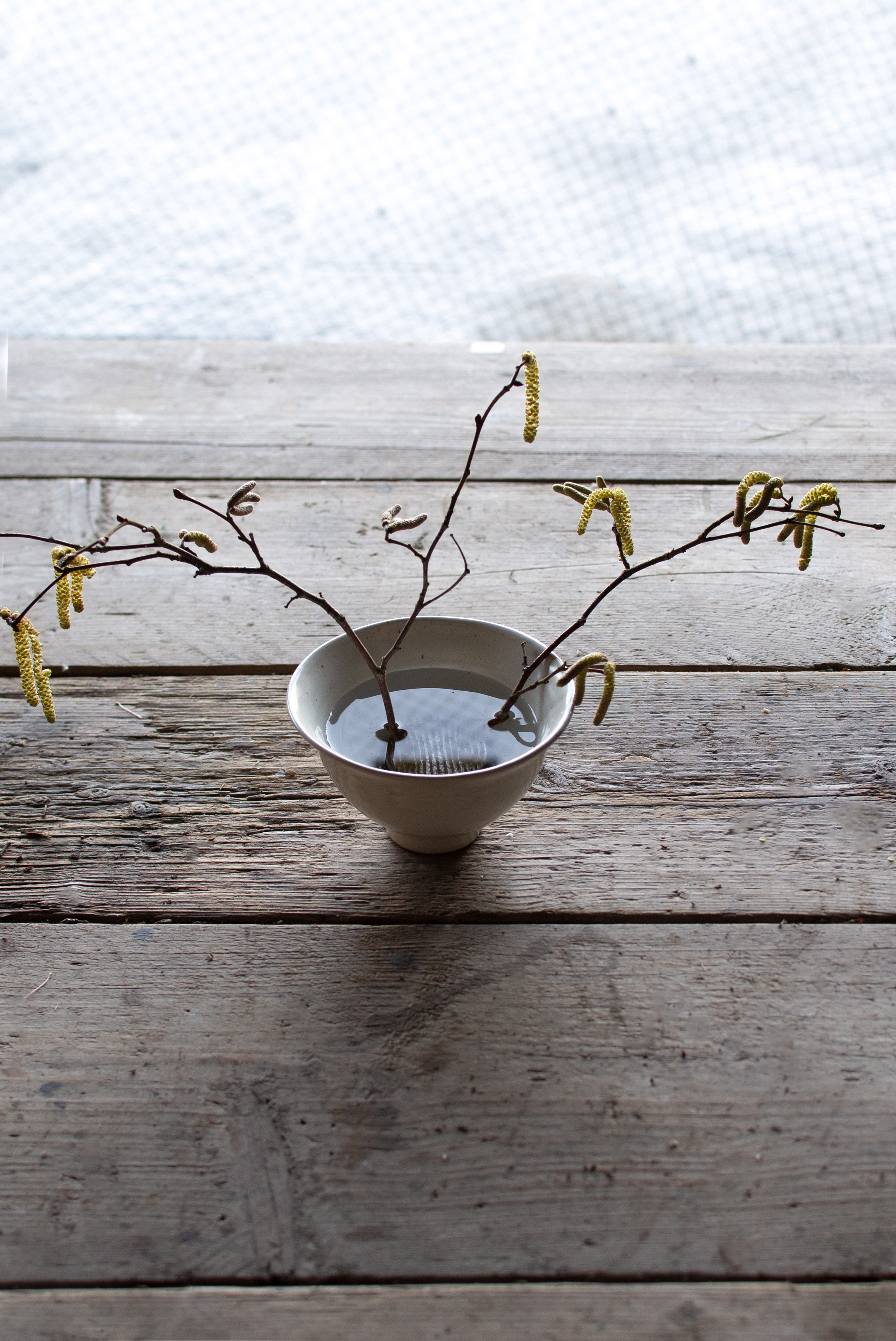
Place inside your compote bowl, and add water. The Kenzan pin holder will fully support your stems, firmly and gently holding them upright, in whichever position you choose. As you add the stems to the vase, hold them almost like pencil, with your hand towards the end of the stem – this gives you greater control and helps to stop the stem from breaking.
2. Create the base shape
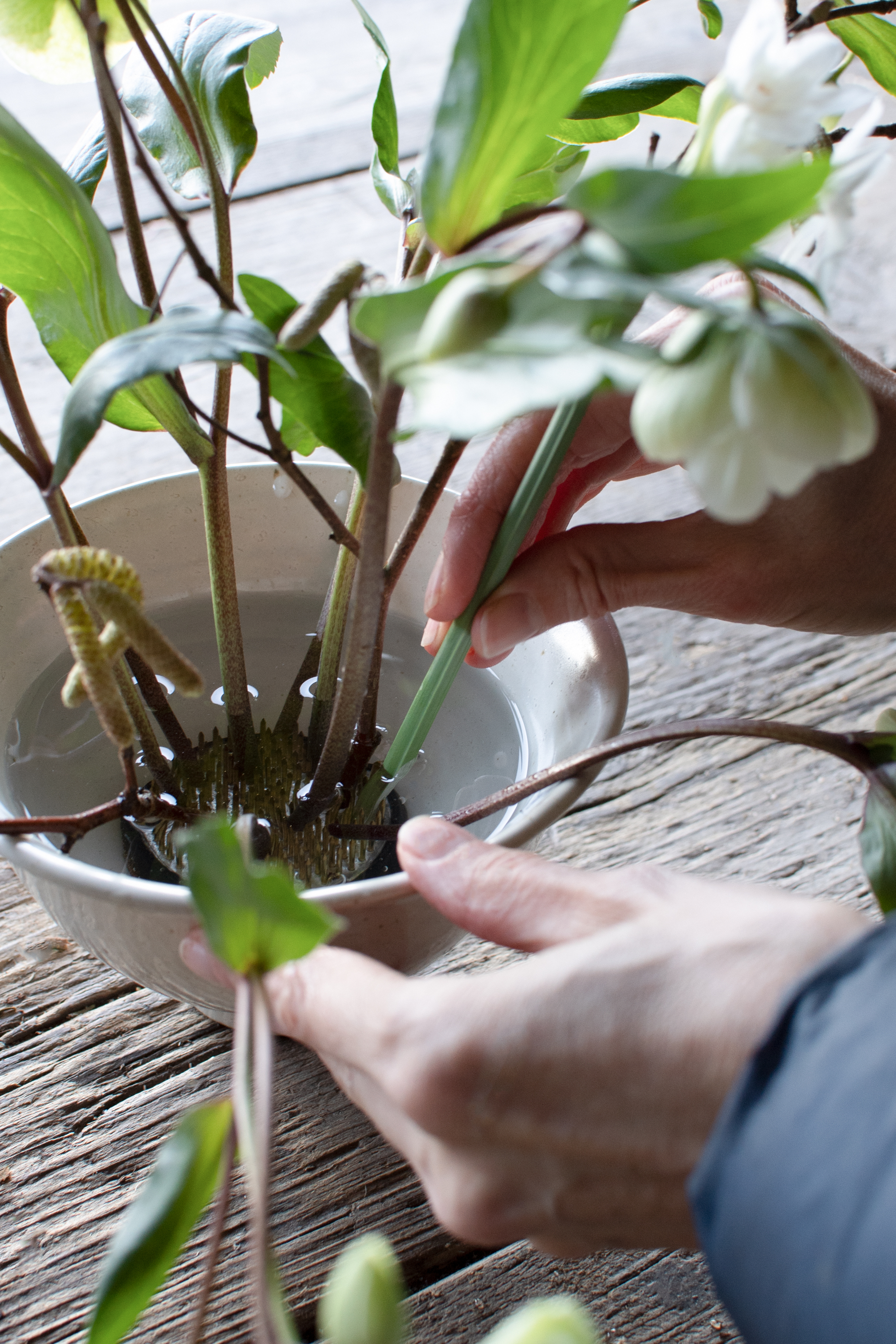
Select two initial stems to form the base shape – placing along one line, with differing heights. Small branches (as I used), blossom and greenery are often great options for these first stems, it can also be a flower with a strong stem and shape. The first two stems give you a shape to your base framework, this helps you to position the next stems, to create a design with movement and interest.
3. Add your focal stems

Your main flowers are your focal flowers, in this design, these includes hellebores, followed by the ranunculus. Add these stems first to continue creating the shape of your design.
4. Place filler and final stems

Next step is to add your filler stems. The narcissus here are used as a filler flowers, adding texture and depth to the design.
I prefer designs where the lip of the vase is interrupted, with flower heads placed so they naturally fall over the edge. By interrupting the line of the vase, the vase and the flowers become one larger design, rather than two individual components. Select naturally 'drooping' flower heads – in this design, both the narcissus and hellebores are great options.
What flowers go in a winter arrangement?
I love winter designs with a subtle warmth to them. The blush-fawn tone of both the ranunculus and hellebores works beautifully adding warmth to the predominantly white and green palette within the design. The delicate detail of the grass, ferns and branches gently enhance the warm browns within the design.
The combination of the different stems, brings such a beautiful, depth to the design. I love the full petals of the hellebores, set against the lace like fonds of the bracken and the miniature catkin columns.
How to care for a winter flower arrangement?
The design will last indoors for several days. Simply keep the water level topped up – you will find with the large number of flowers and relatively small bowl, the design will need to be topped up once per day.
For more guides and online Masterclasses please sign up to Philippa’s fortnightly newsletter.
Sign up to the Homes & Gardens newsletter
Design expertise in your inbox – from inspiring decorating ideas and beautiful celebrity homes to practical gardening advice and shopping round-ups.

Philippa Craddock launched her flower business from home in 2009. It has grown to become one of the world’s most renowned and highly respected design studios and floral brands. Working with aspirational clients around the world, including Vogue, BAFTA, Christian Dior and the Victoria & Albert Museum, as well as an array of private clients. Philippa’s style is inimitable and was firmly placed on the world stage in 2018, with the cascading floral archways, decorating the façade and interior of St George’s Chapel in Windsor, for the wedding of The Duke and Duchess of Sussex.
-
 5 surprising but brilliant ways to clean with old socks – from perfectly buffing stainless steel to deterring pests naturally and more
5 surprising but brilliant ways to clean with old socks – from perfectly buffing stainless steel to deterring pests naturally and moreTackle dust in tricky corners, clean your mirrors and even banish bad odors with those rogue single socks
By Andy van Terheyden Published
-
 How to grow astilbe – expert advice on cultivating this shade-tolerant flowering perennial
How to grow astilbe – expert advice on cultivating this shade-tolerant flowering perennialShade-tolerant and pest-resistant - astilbe are hardy and tough perennials that can thrive in many settings
By Ellen Wells Published